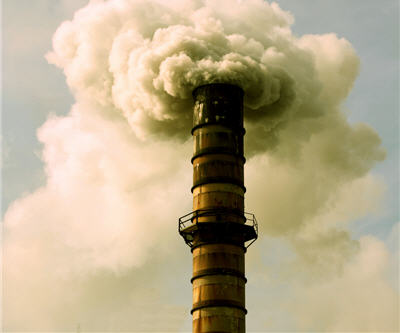Canadian towns downwind of oil and gas projects suffer pollution ‘worse than Mexico City in the 90s’

Contaminant levels in some towns downwind of Alberta and Saskatchewan oil sand and gas processing zones are “higher than in Mexico City during the 1990s…and the Houston-Galveston area today,” creating a heightened cancer risk, according to scientists at UC Irvine and the University of Michigan.
The study shows dangerously high levels of “the carcinogens 1,3-butadiene and benzene and other airborne pollutants,” and demonstrated that the numbers of men with leukemia and non-Hodgkins lymphoma are highest in communities closest to pollution plumes.
The work provides a “dramatic illustration” of a recent World Health Organization (WHO) report that claims outdoor air pollution is a leading cause of cancer.
“Our study was designed to test what kinds of concentrations could be encountered on the ground during a random visit downwind of various facilities. We’re seeing elevated levels of carcinogens and other gases in the same area where we’re seeing excess cancers known to be caused by these chemicals,” said Isobel Simpson, lead author of the study.
“Our main point is that it would be good to proactively lower these emissions of known carcinogens. You can study it and study it, but at some point you just have to say, ‘Let’s reduce it.’ ”
Access the scientific study here.
{{ commodity.name }}
{{ post.title }}
{{ post.date }}

4 Comments
Bishop Hammy
I have worked in these facilities and there are few if any towns close by, may I suggest you name the towns and cities that have these issues. Since there is minimum if any refining on site the closest would be Fort Saskatchewan near Edmonton.
jman1000
I agree with you wholeheartedly. The article sounds very much like a political spin. It just throws the spotlight away from areas in the world, including the US, where pollution is out of control.
Mike
http://phys.org/news/2013-10-documents-heavy-air-pollution-canadian.html This is the link in the article. It states that the samples were taken in Fort Saskatchewan.
MINING.com Editors
Here is a direct link to the scientific study. Thanks to all for the comments.
http://www.sciencedirect.com/science/article/pii/S135223101300705X